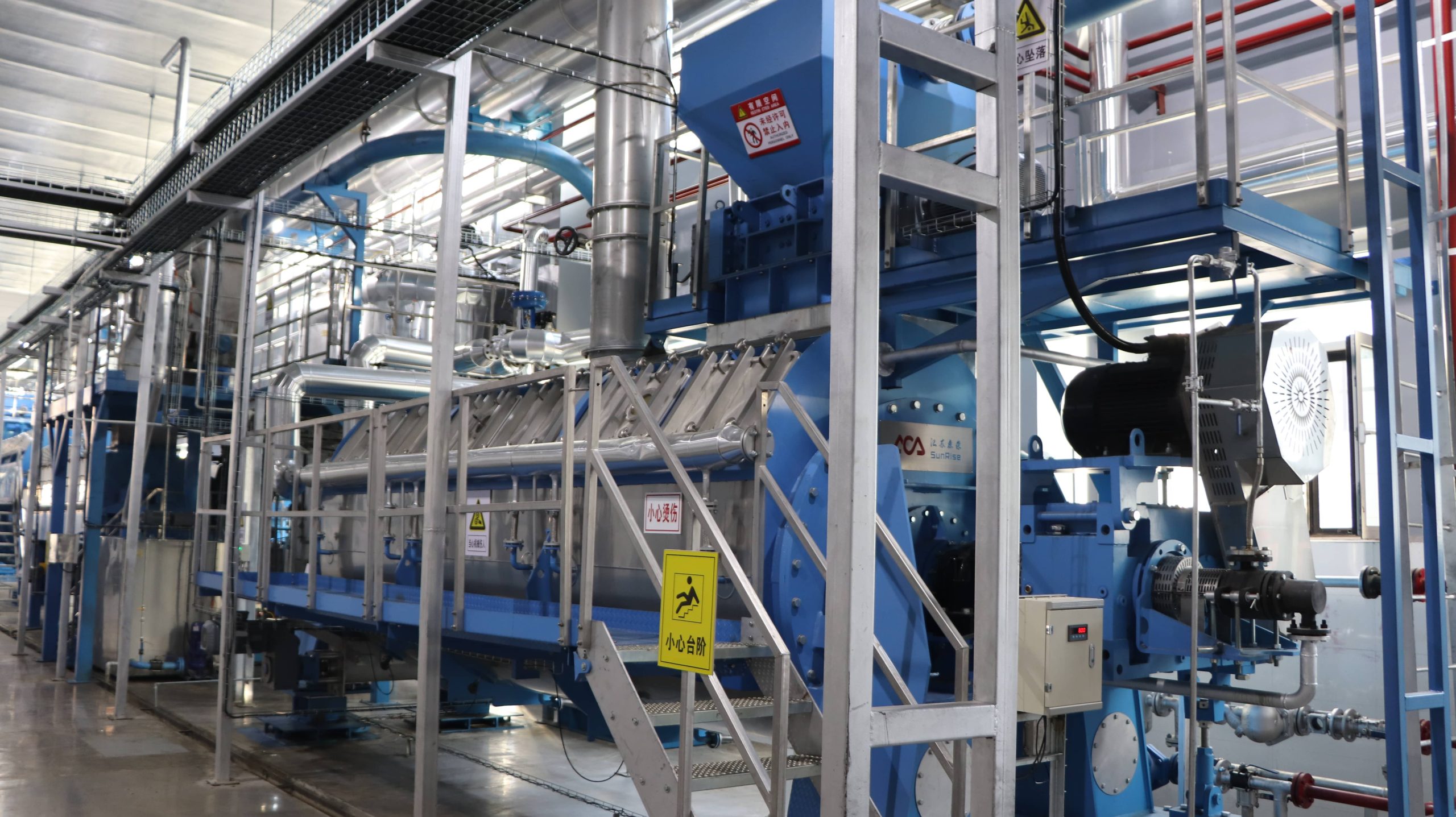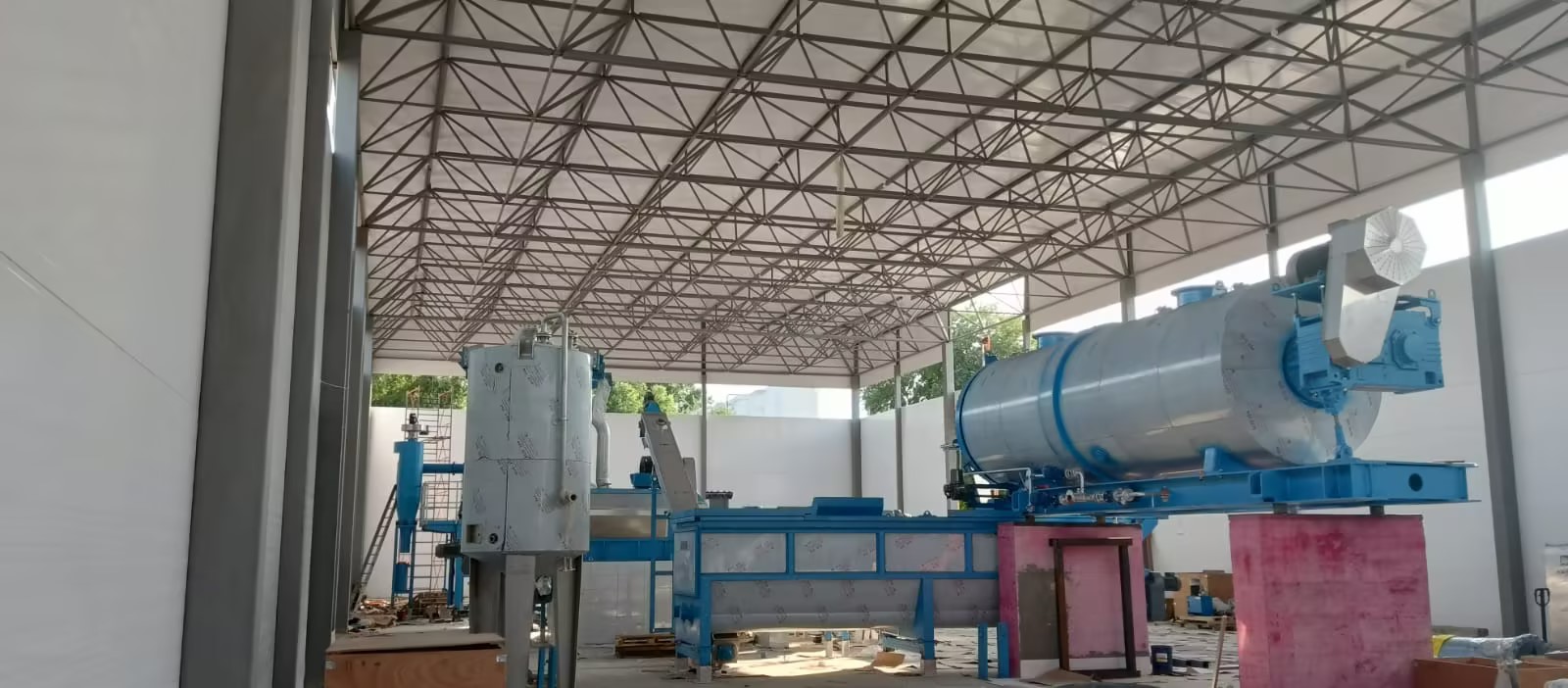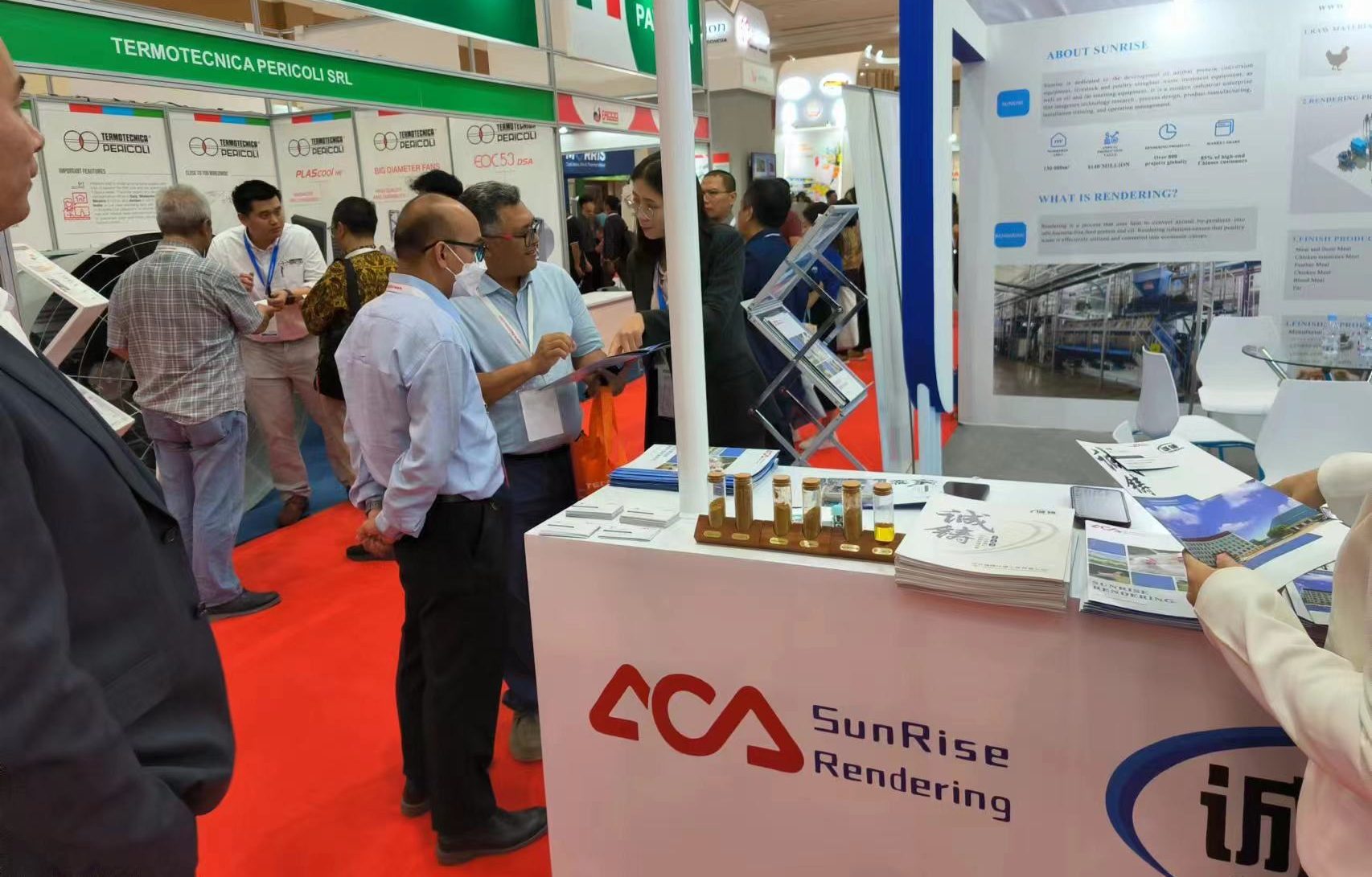
Transforming Waste into Wealth: Rendering Plant for Sale
Transforming Waste into Wealth: Rendering Plant for Sale
In today’s rapidly evolving world, where sustainability and resource optimization are paramount, industries are increasingly seeking innovative solutions to address waste management challenges. One such solution is the rendering plant—a facility that converts animal by-products into valuable commodities. If you are considering investing in a rendering Plant for Sale, SunRise, a leading manufacturer in the industry, offers a range of top-quality equipment that can turn waste into a profitable opportunity.
The primary beneficiaries of a rendering plant are those involved in the meat, poultry, and fish processing industries. These industries generate significant amounts of animal by-products, such as fat, bones, and unused portions of meat. The disposal of these by-products presents a considerable challenge due to environmental regulations and rising disposal costs. Here is how SunRise’s Rendering Plant for Sale equipment can address their specific needs:
1. Meat, Poultry, and Fish Processors:
These businesses often struggle with the efficient disposal of by-products, leading to increased operating costs and environmental concerns. SunRise’s rendering plant offers a sustainable solution by transforming these waste materials into valuable commodities, reducing disposal expenses, and ensuring compliance with environmental regulations.
2. Livestock Farms:
Livestock farms produce a substantial amount of animal by-products, such as fallen stock and slaughterhouse waste. By investing in a rendering plant, these farms can efficiently process these materials on-site, minimizing transportation costs, reducing biosecurity risks, and contributing to a circular economy.
3. Biofuel and Renewable Energy Companies:
Rendered fat can be used as a feedstock for the production of biofuels, making rendering plants a vital component of the renewable energy sector. SunRise’s rendering plant equipment, including the fat screw press and fat filtrator, ensures the extraction of high-quality fats for biofuel production, allowing companies to enhance their sustainability efforts while diversifying their revenue streams.
4. Environmental Agencies and Waste Management Authorities:
SunRise’s rendering plant equipment offers a viable solution to the challenges faced by environmental agencies and waste management authorities. By investing in rendering technology, these organizations can effectively manage and process animal by-products, minimizing environmental impact and supporting a more sustainable waste management infrastructure.
SunRise: A Trusted Manufacturer for Your Rendering Plant Needs
When it comes to investing in a rendering plant, choosing the right manufacturer is crucial. SunRise, a renowned industry leader, has a proven track record of delivering high-quality rendering plant equipment. Let’s take a closer look at some of the essential equipment offered by SunRise:
1. Batch Cooker:
SunRise’s batch cooker plays a vital role in the rendering process by converting animal by-products into valuable proteins, fats, and minerals. It ensures efficient cooking and sterilization, resulting in high-quality end products.
2. Pre-crusher:
The pre-crusher provided by SunRise helps break down large, solid by-products into smaller particles, optimizing the efficiency of subsequent processing steps.
3. Material Bin:
SunRise’s material bins offer a convenient storage solution for processed materials. These bins are designed for easy handling and provide efficient material flow management within the rendering plant.
4. Lamella Pump:
The lamella pump aids in the transportation of liquid by-products, ensuring smooth movement throughout the rendering plant and minimizing downtime.
Looking for an Eco-Friendly Business Opportunity? Rendering Plant for Sale!
A rendering plant is a facility that processes animal by-products, such as fats, bones, and unused meat, into valuable products like animal feed, biofuels, and organic fertilizers. Instead of letting these by-products go to waste and contribute to environmental issues, rendering plants offers a sustainable solution by transforming them into useful resources.
When it comes to investing in a rendering plant, choosing the right manufacturer is crucial. SunRise has established itself as a leading manufacturer in the industry, renowned for its commitment to quality, innovation, and environmental sustainability. With years of experience and a solid track record, SunRise offers reliable and efficient rendering plants that meet the highest industry standards.
If you’re an entrepreneur or investor seeking an eco-friendly business opportunity, a rendering plant from SunRise can be a game-changer. Not only does it provide a sustainable solution for animal by-products, but it also offers a range of valuable products like animal feed, biofuels, and organic fertilizers. With SunRise’s commitment to quality and environmental sustainability, you can be confident in running a profitable business while making a positive impact on the planet. Embrace the opportunity to be part of the green revolution with an eco-friendly rendering plant from SunRise.
From Waste to Wealth: Discover the Lucrative Business of Rendering Plant for Sale
Rendering plants act as the backbone of the circular economy by converting waste into wealth. They are responsible for processing animal carcasses, slaughterhouse by-products, and various other organic materials that would otherwise end up in landfills, contributing to pollution and greenhouse gas emissions. By turning these waste products into usable materials, rendering plants offer significant economic and environmental benefits.
The rendering process involves several key steps, and SunRise’s rendering plants are designed to optimize efficiency at every stage. Let’s take a closer look at the process:
1. Collection and transportation: Animal by-products and waste materials are collected from various sources, such as slaughterhouses, meat processing facilities, and grocery stores. SunRise rendering plants incorporate advanced systems for efficient collection and transportation of these materials to the processing facility.
2. Pre-processing: Upon arrival at the rendering plant, the waste materials undergo pre-processing. This stage involves sorting, grinding, and removing any non-organic materials or contaminants. SunRise rendering plants are equipped with cutting-edge machinery to ensure thorough and effective pre-processing.
3. Rendering: The pre-processed materials are then subjected to heat and pressure in large vessels called rendering cookers. This process breaks down the organic matter and separates it into three main components: fats, proteins, and minerals. SunRise rendering plants employ state-of-the-art technology to maximize yield and ensure the production of high-quality rendered products.
4. Separation and refining: After rendering, the mixture undergoes separation to extract fats and proteins. These valuable components can be further refined to produce a range of products, including tallow, meat and bone meal, and protein concentrates. SunRise rendering plants are designed to facilitate efficient separation and refining processes, resulting in high-value end products.
5. Packaging and distribution: The final step involves packaging the rendered products for distribution to various industries. Tallow, for example, is widely used in the production of soaps, candles, and biofuels, while meat and bone meal find applications in animal feed. SunRise rendering plants prioritize packaging and distribution efficiency to ensure timely delivery of their client’s products.
Conclusion
Investing in a rendering plant presents an opportunity to transform waste materials into valuable commodities, providing numerous environmental and economic benefits. SunRise, a trusted manufacturer in the industry, offers a comprehensive range of equipment tailored to meet the specific needs of meat, poultry, and fish processors, livestock farms, and biofuel companies,



